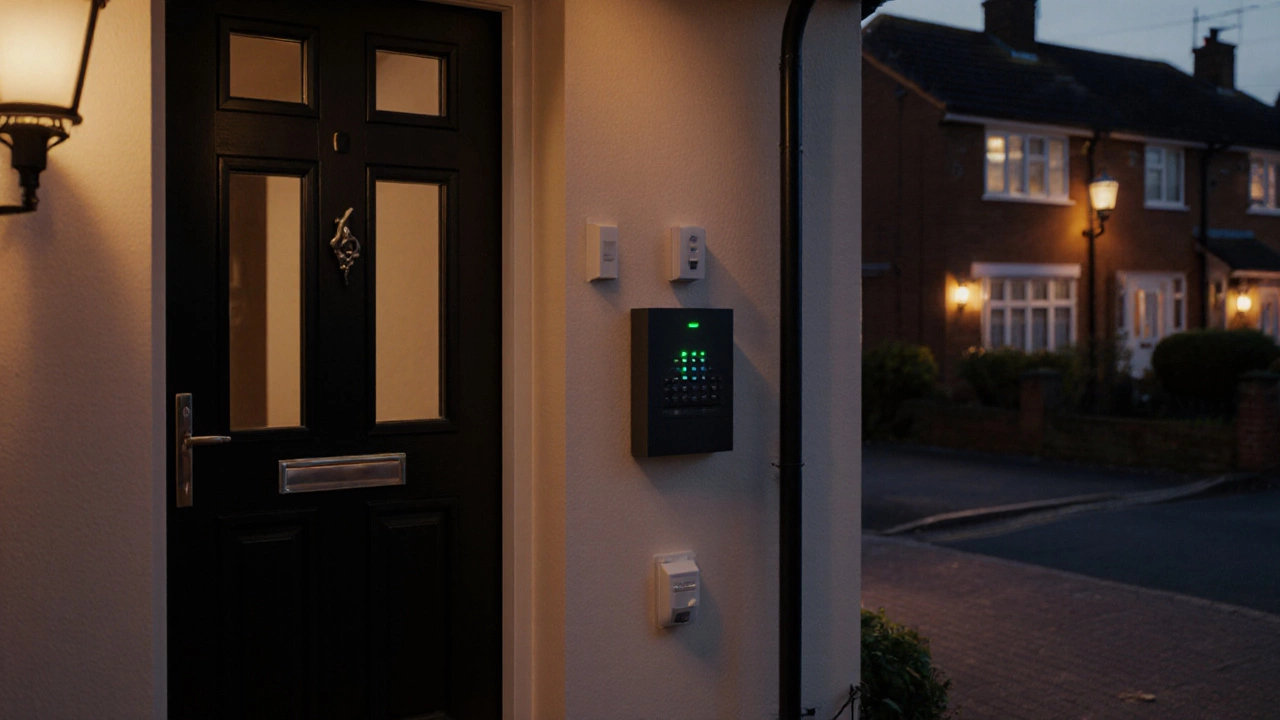When working with Alarm Disadvantages, the drawbacks and limitations that come with most home and commercial alarm systems. Also known as alarm drawbacks, it covers everything from nuisance alerts to costly equipment failures. A major contributor to these issues is the PIR Sensor, a passive infrared detector that reacts to heat changes. While affordable, PIR sensors can suffer from temperature sensitivity and animal movement, leading to unwanted alerts. Another frequent pain point is CCTV, closed‑circuit television used for video monitoring, which adds privacy concerns and high installation costs. Finally, Motion Sensors, devices that detect movement through various technologies, often generate false alarms when placed near vents or reflective surfaces. Together, these elements illustrate why understanding alarm disadvantages is essential before committing to a security package.
The first alarm disadvantages you’ll notice is the nuisance of false alarms. A single false trigger can waste hours of monitoring, drain battery life, and even lead to fines from local authorities. This happens most often when a poorly positioned motion sensor picks up a passing cat, a gust of wind rattling a window, or a heat source that confuses a PIR detector. In many cases, the solution isn’t to ditch the system but to fine‑tune sensor placement, adjust sensitivity settings, or add a dual‑tech sensor that combines PIR with microwave detection for extra reliability. Another downside is the ongoing cost of maintenance. Batteries need regular replacement, wiring can degrade, and software updates may be required to keep the system secure from hacking. For commercial users, these hidden expenses can quickly turn a seemingly cheap alarm into a long‑term financial burden.
Understanding the relationship between alarm disadvantages and overall security performance helps you pick the right tools. For example, if your property houses pets, you’ll want a PIR sensor variant that includes pet‑immune settings or a dual‑technology sensor that reduces animal‑triggered alerts. If privacy is a concern, consider CCTV models with on‑device storage and encryption, which mitigate data‑leak risks while still providing visual evidence when needed. Motion sensors placed near high‑traffic outdoor areas benefit from adjustable zones, allowing you to ignore harmless movement while still catching genuine intrusions. Moreover, many modern alarm packages now offer self‑monitoring options that eliminate monthly fees, but they also shift responsibility for false alarm management onto the homeowner. Weighing these trade‑offs—cost, convenience, and reliability—will guide you toward a solution that matches your lifestyle and risk tolerance.
Below you’ll find a curated selection of articles that dive deeper into each of these topics. From detailed comparisons of motion sensor types to practical tips for pet‑friendly alarm setups, the posts give you actionable insights to navigate the maze of alarm disadvantages and build a system that works for you without the headaches.

Explore the key drawbacks of burglar alarm systems, from false alarms and cost to power reliance and privacy issues, plus practical tips to overcome each challenge.